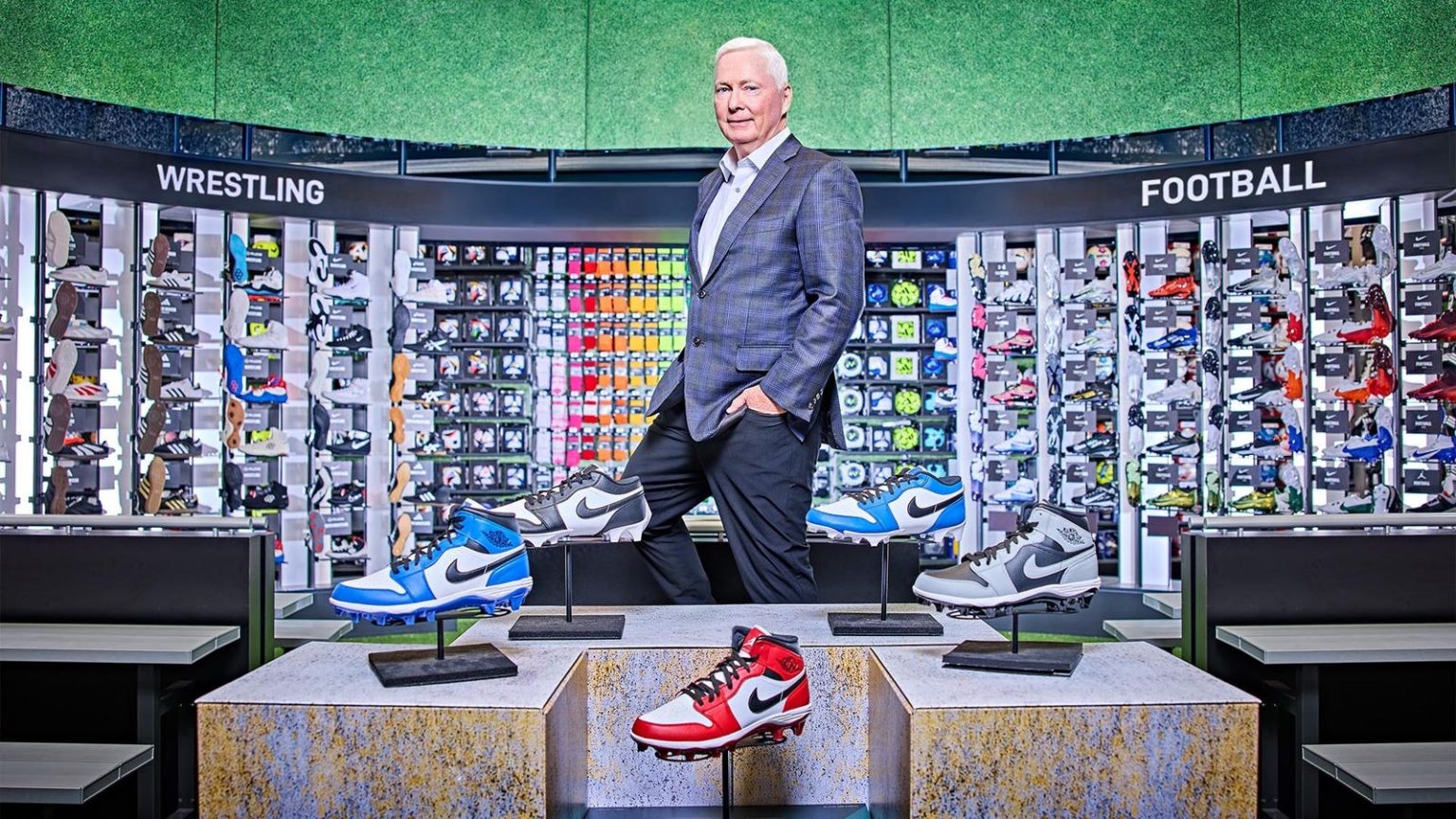Dick’s Sporting Goods: Ed Stack’s Four-Decade Gamble on Brick-and-Mortar Retail
Ed Stack, the executive chairman of Dick’s Sporting Goods, has spent the last 40 years obsessively focused on outmaneuvering the competition. His latest strategy? Supersizing the sporting goods experience with a new jumbo store format called House of Sport. These expansive locations, double or triple the size of a regular Dick’s store, boast features like indoor climbing walls, batting cages, golf simulators, and even outdoor sports fields. They are designed to be experiential retail destinations, offering customers a tangible, engaging environment that online shopping can’t replicate. Stack believes this hands-on approach is crucial in the digital age, emphasizing the importance of "feeling, touching, and trying on" products. The House of Sport concept represents a substantial investment, estimated at nearly $2 billion, as Dick’s plans to retrofit up to 100 of its 725 U.S. locations by 2027. This bold expansion comes at a time when many retailers are scaling back their physical presence, making Dick’s a contrarian in the retail landscape.
This doubling down on brick-and-mortar is the latest chapter in Stack’s relentless pursuit of competitive advantage, a drive he attributes to his athletic background. He acquired the company from his father in 1984 and has since overseen its growth into a national powerhouse. His leadership, characterized by what Dick’s CEO Lauren Hobart calls “productive paranoia,” has kept the company agile and innovative. This forward-thinking approach has enabled Dick’s to outlast competitors like Sports Authority, Herman’s, and Modell’s, achieving consistent same-store sales growth since the pandemic – a feat few retailers can claim. This success is reflected in Dick’s financial performance, with revenue projected to hit a record high of $13.3 billion this year and the company’s stock surging nearly 800% since 2019. Stack’s personal stake in the company, built on his unwavering belief in its potential, has also grown significantly, with his net worth now estimated at $5.4 billion.
The journey, however, has not been without its challenges. In 2018, Dick’s faced stagnating sales amid competition from online giants like Amazon and Walmart, as well as changing distribution strategies from key brands like Under Armour. Stack’s response was to initiate a complete reimagining of the Dick’s experience, tasked his team with designing a store that would theoretically put Dick’s out of business if a competitor opened it across the street. This led to the development of the House of Sport concept. The pandemic, while disruptive, proved to be an unexpected catalyst for Dick’s. The surge in demand for outdoor sporting goods during lockdowns played to Dick’s strengths, and the company’s prior investments in e-commerce allowed for a rapid pivot to curbside pickup. This hybrid online/in-store model has become a cornerstone of Dick’s strategy, offering customers both convenience and the certainty of product availability. The focus on fulfilling orders from stores rather than distribution centers further underscores the importance of the House of Sport expansion, allowing for larger inventory and faster delivery times.
Stack’s transformation of Dick’s Sporting Goods is a story of reinvention, both for the company and for himself. His early days working in his father’s bait and tackle shop were marked by a strained relationship and a dislike for the business. However, after returning to the family business following his father’s health scare, Stack discovered a passion for retail. His vision for expansion clashed with his father’s more cautious approach, ultimately leading to a buyout in 1984. Under Stack’s leadership, Dick’s broadened its product offerings, forging partnerships with major brands like Nike and Adidas. Adopting a Walmart-inspired expansion strategy, he spearheaded rapid growth across new markets. This aggressive growth, however, led to a near-cash crunch in the mid-1990s. Dick’s recovered through financial restructuring and a renewed focus on efficiency, eventually returning to expansion and achieving $1 billion in sales before going public in 2002, with Stack retaining majority voting control.
Beyond strategic business decisions, Stack has also made bold moves driven by personal conviction. In the aftermath of the Parkland school shooting in 2018, he took the controversial step of banning the sale of assault rifles and raising the age limit for gun purchases to 21. Despite facing backlash from gun rights organizations, Stack stood by his decision, destroying the company’s remaining inventory of assault rifles. This move, while costly in the short term, ultimately proved beneficial, allowing Dick’s to reallocate shelf space to more profitable categories like footwear and apparel. The increased focus on these higher-margin products has contributed to a significant improvement in the company’s gross profit margins. Less publicly, Stack also briefly explored an independent presidential bid in 2019, citing concerns about political extremism. This venture, though short-lived, coincided with his decision to step down as CEO, initiating the company’s succession planning process.
Looking ahead, Dick’s faces both opportunities and challenges. The House of Sport concept, while showing early promise, represents a significant investment and requires careful execution. The company’s reliance on third-party brands introduces an element of vulnerability, particularly in the face of potential trade tariffs. However, Dick’s is actively working to mitigate these risks by diversifying its supply chains and expanding its own private label brands, which offer higher margins and greater control. The company is also exploring new revenue streams through a retail media network, leveraging customer data to provide targeted advertising for its partners. Throughout his long tenure, Stack has demonstrated adaptability and a willingness to evolve. His relentless focus on innovation, combined with a deep understanding of the retail landscape, positions Dick’s to navigate the ever-changing world of commerce. As he approaches his 60th year with the company, Stack remains committed to reinvention, ensuring that Dick’s Sporting Goods continues to adapt and thrive in the face of new challenges and opportunities.


